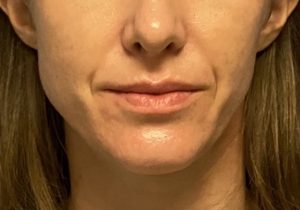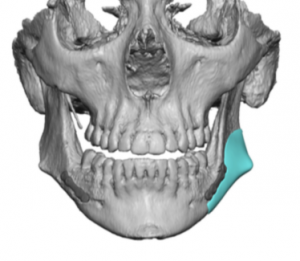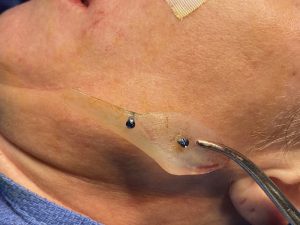Background: Jaw asymmetries are one of the most common congenital facial asymmetries that present in a wide range of expressions. Most are small type asymmetries that most people would barely notice. But the more significant ones are more obvious with chins that are shifted to one side and with jaw angles that are profoundly different in shape from the front view.
In the more significant jaw asymmetries orthognathic surgery plays a major role in their correction. Realigning the lower jaw in a more midline position with a sagittal split osteotomy (with or without an upper LeFort osteotomy) helps center the chin and improve the lower jaw appearance. But on the shorter side of the jaw asymmetry (the side where the chin was deviated to) the smaller jaw angle will remain asymmetric in appearance. A sagittal split, as its name implies, creates a sagittal movement of the jaw and can do little for any width issues at the osteotomy site. (ramus) Often the smaller jaw angle becomes more asymmetric in appearance as the rest of the lower jaw becomes centrically aligned.
It is tempting in jaw angle asymmetries to believe that taking any form of a standard implant (or some intraoperative modification thereof) will produce an adequate correction. What is more likely to happen is that just a different type of jaw asymmetry will remain. It is very difficult by external appearance to judge the missing dimensions of the jaw angle bone.
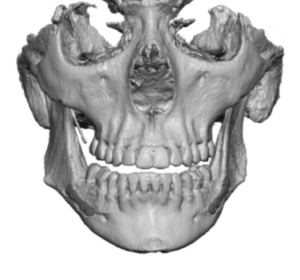
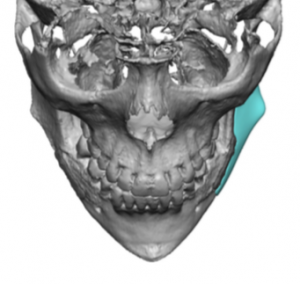
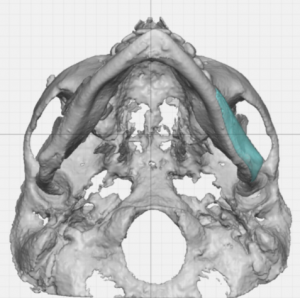

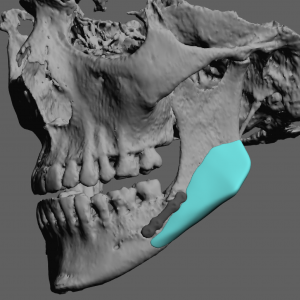
Case Highlights:
1) Orthognathic surgery improves the sagittal chin position and the occlusion but usually fails to correct width and vertical asymmetries of the jaw angles.
2) Jaw angle asymmetries are more optimally improved by custom implant designs than the use of a standard implant.
3) Many custom jaw angle implants for asymmetries are smaller and with more complex shapes than one would think and require precise placement in the toughest area to implant in the face to be effective.
Dr. Barry Eppley
Indianapolis, Indiana




